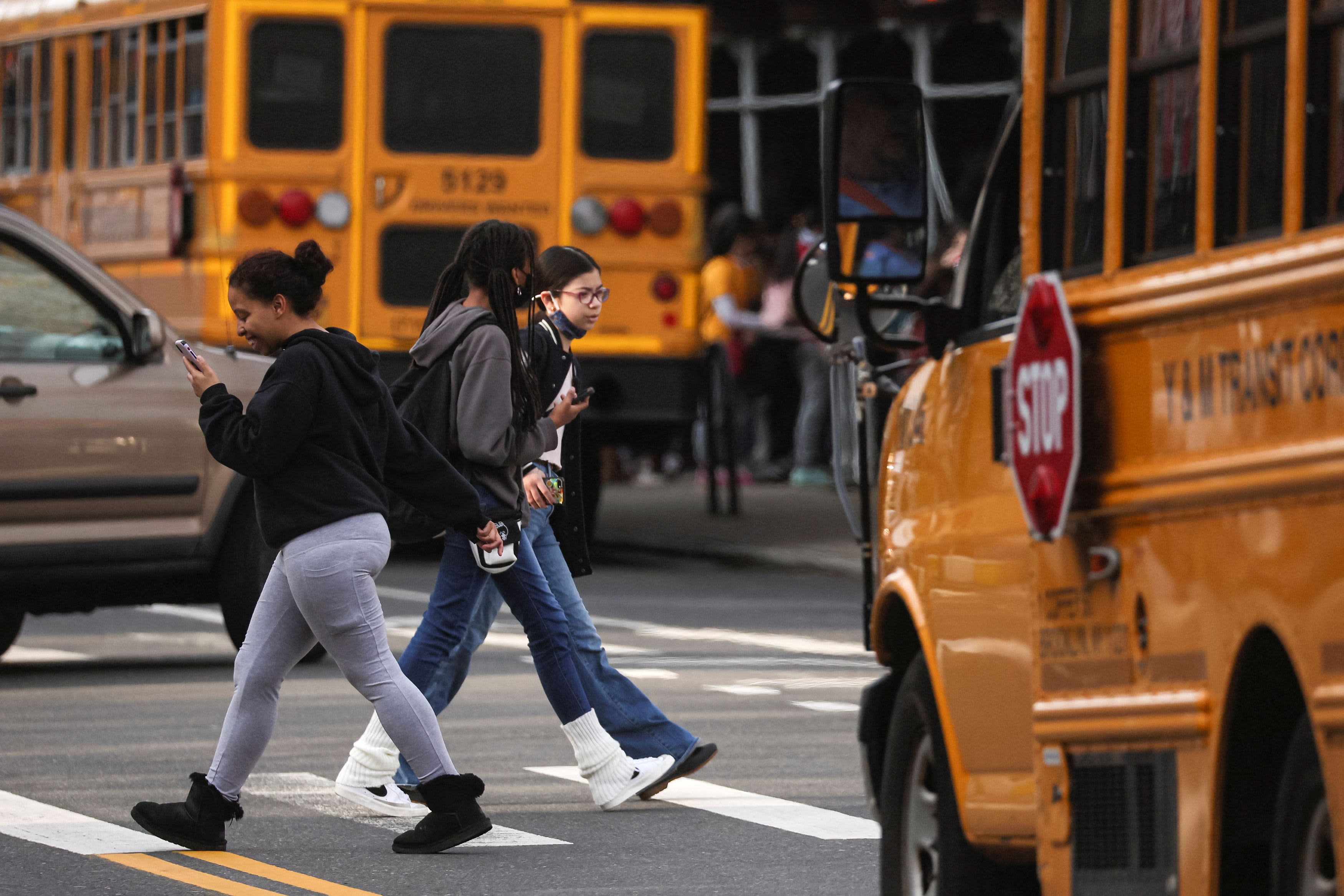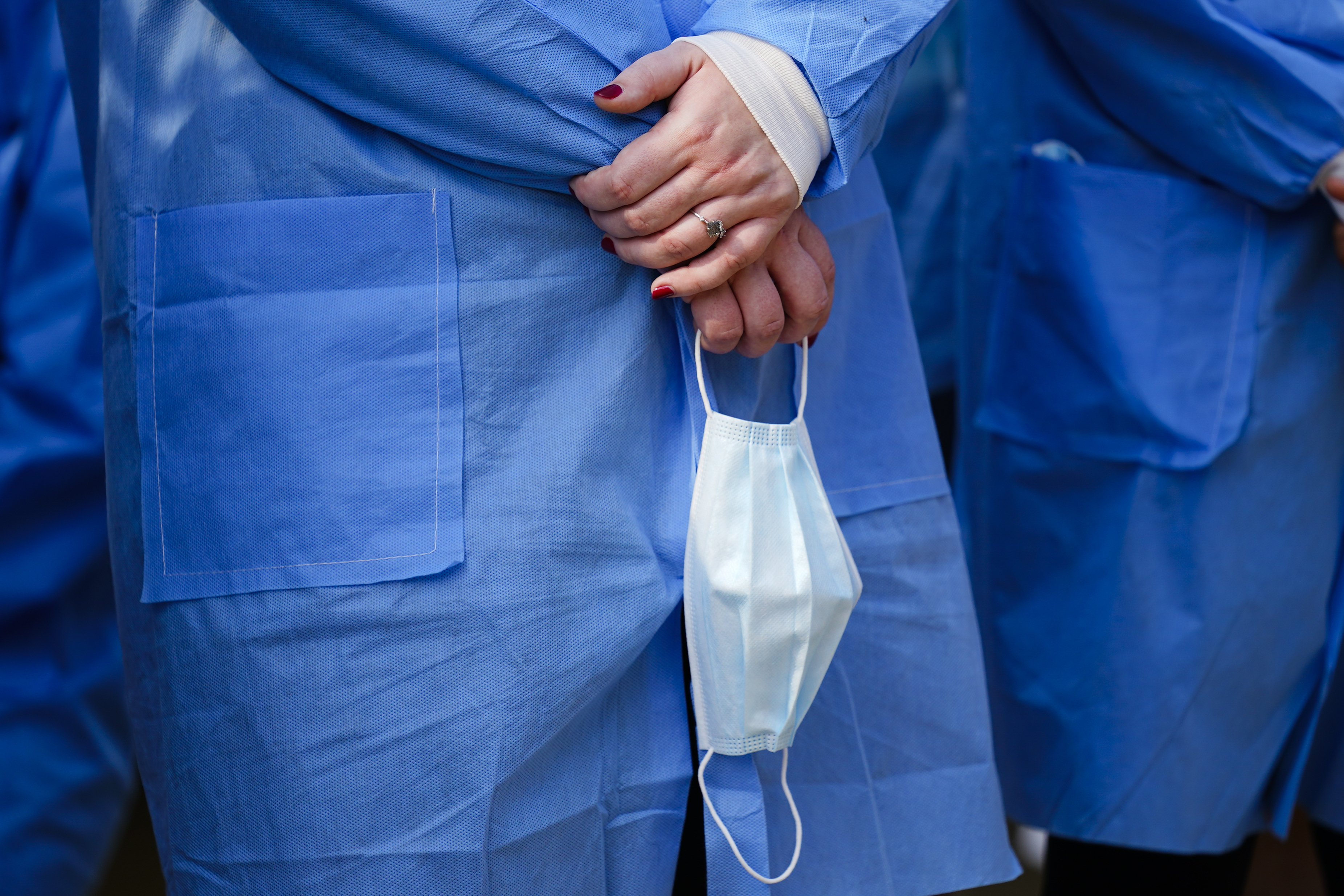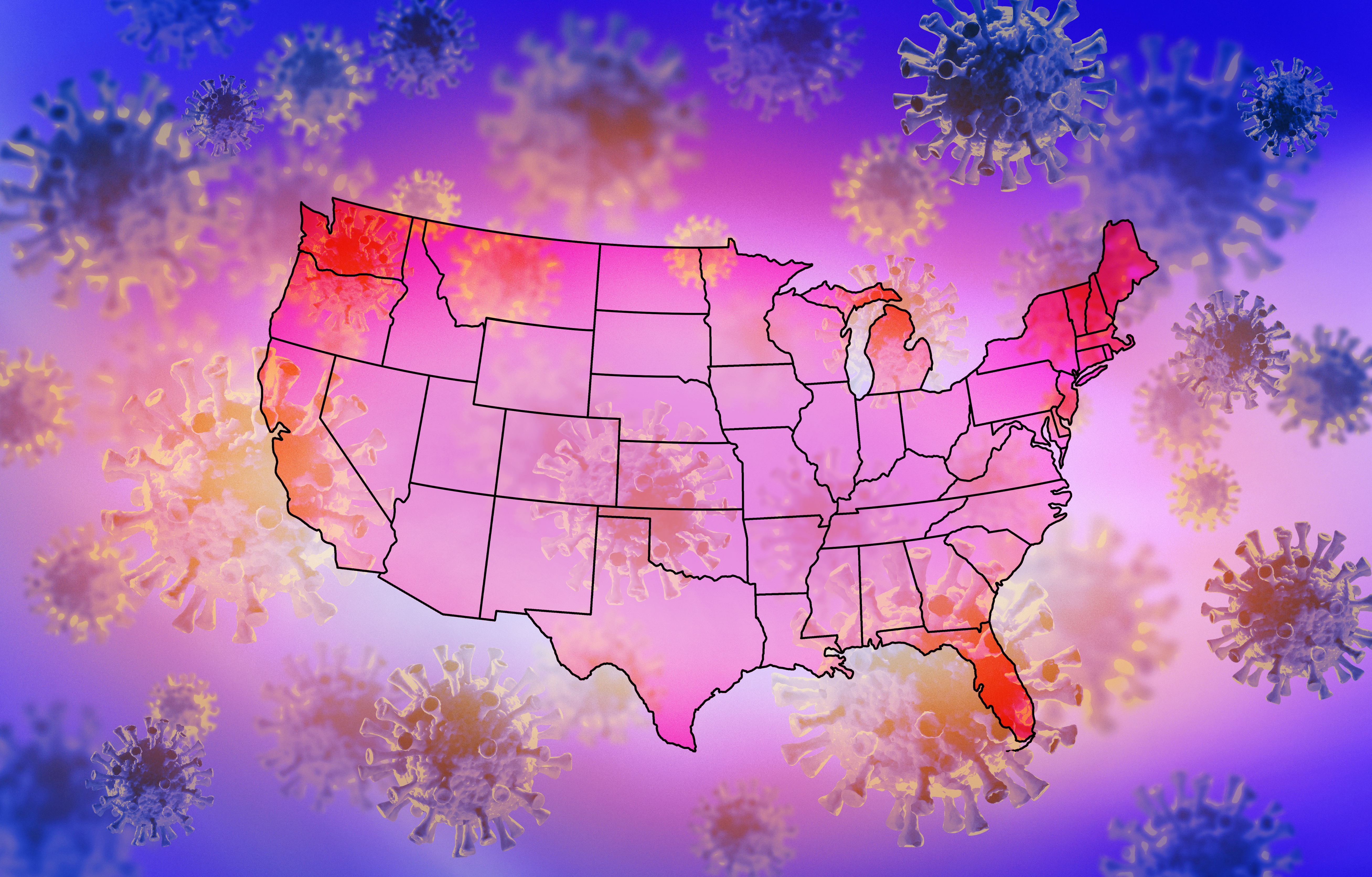A COVID-19 subvariant estimated by health officials to be even more contagious than the first descendant of the potently infectious omicron strain now accounts for over 60% of all virus circulating in New York region, according to new CDC data released Tuesday.
The prevalence of BA.2.12.1, which health officials say appears to be up to 27% more contagious than BA.2, in the New York region has been increasing at a far faster rate than nationally, data shows. Hospitalization rates have followed, topping 2,000 for the first time since late February on Tuesday.
And though the BA.2.12.1 subvariant only accounts for about 28% of cases in New England right now, that number has been rising steadily in recent weeks.
While no scientific evidence to date links BA.2.12.1 to more severe COVID-linked illness or reduced vaccine efficacy at this point, the heightened transmissibility appears clear. Could we see a surge in cases of the subvariant here, and could it drive cases and hospitalizations up dramatically once again?
Get New England news, weather forecasts and entertainment stories to your inbox. Sign up for NECN newsletters.
Massachusetts' COVID metrics, tracked on the Department of Public Health's interactive coronavirus dashboard, have declined since the omicron surge, but case counts are starting to increase once again.
Massachusetts health officials reported 2,985 new COVID-19 cases Wednesday and 14 new deaths. The state's seven-day average positivity rate increased to 5.79% Wednesday, compared to 5.63% on Tuesday.
COVID levels in wastewater, as reported by the Massachusetts Water Resources Authority's tracking system were slightly down at the start of last week in the Boston area, though it wasn't enough to convince top Boston doctors that we were clear from the spring surge. As of samples through Monday, those levels were on the rise again, so the trend has not been consistent.
"What we are seeing with Omicron is the rapid development of subvariants and sublineages of subvariants, each with growth advantages over the previous ones," said Dr. Shira Doron, a hospital epidemiologist at Tufts Medical Center. "As with BA2, it is impossible to preduct how the complex interaction of various factors (proportion vaccinated, proportion infected, timing of prior vaccination and/or infection, weather etc) will play out and whether there will be increases or surges of cases or hospitalizations. It is always a possibility."
Brigham and Women's Hospital's Chief of Infectious Disease Dr. Daniel Kuritzkes agreed that it's hard to say right now whether what's happening in New York will be seen here as well.
"I think it’s very hard to predict whether this additional Omicron subvariant will result in a spike in cases in Massachusetts," he said. "We are already seeing an uptick in cases, positivity rate and hospitalizations (and remember these are just the ones we know about—hard to say how many unreported cases from home testing there might be), although the waste water trends continue to look favorable."
"To date the available information suggests that all of the Omicron subvariants essentially behave like Omicron in terms of disease severity, even though they vary in infectiousness," Kuritzkes added.
Boston Medical Center's Dr. Sabrina Assoumou agreed that it's hard to predict what the virus will do, but said the increase in cases in New York state "is definitely something that we should be paying close attention to."
"There is limited information about the BA.2.12.1 subvariant, but so far it appears to be more transmissible than the BA.2 subvariant," she said. "This means that as we are gathering more information about this subvariant’s characteristics, it is going to be important to be vigilant and provide access to all the tools that we know work against the SARS-CoV-2 virus including vaccination and boosting."
Despite the rising cases here, Massachusetts and other New England states have yet to take any steps to bring back mask mandates or any other COVID-related restrictions that were relaxed following January's omicron-fueled surge.
And this could be just the beginning, as additional subvariants are already causing surges in other parts of the world.
Subvariants BA.4 and BA.5, which early data suggest are less contagious than BA.2.12.1 but more transmissible than BA.2, have been circulating in South Africa and Europe. They have not yet been detected via lab results in the U.S., but experts say they're likely already here.
"South Africa had reached a very low level of cases after their big omicron surge. They're entering their winter months and they're seieng an uptick similar to what we saw after our big omicron surge," Doron said. "Again, I think this just highlights that our new normal is probably ups and downs, rises and falls, peaks and valleys for the foreseeable future."
"We still don't have a lot of data because this is very new," Assoumou added. "It appears to be more transmissible than BA.2. We keep getting variants that seem to be more transmissible. That means we need to be more vigilant."
So far, Assoumou said the data doesn't indicate that the BA.4 and BA.5 subvariants cause more severe disease.
"I think we're seeing something very interesting now," said Kuritzkes. "When we've seen what's happening over the last four months, rather than seeing new variants emerge from different parts of the globe, we're seeing omicron diversifying itself as it adapts. That suggests in some ways omicron may be maximally efficient. Instead of having some completely other variant emerging, omicron is improving on itself. That's why we have this whole array of sublineages."
"It is important to remember that as we were coming down from our delta wave, South Africa was in a very similar situation to where they are now," he noted. "Does that mean BA.4 and BA.5 are going to spread across the world and generate another omicron wave? We really don't know."




